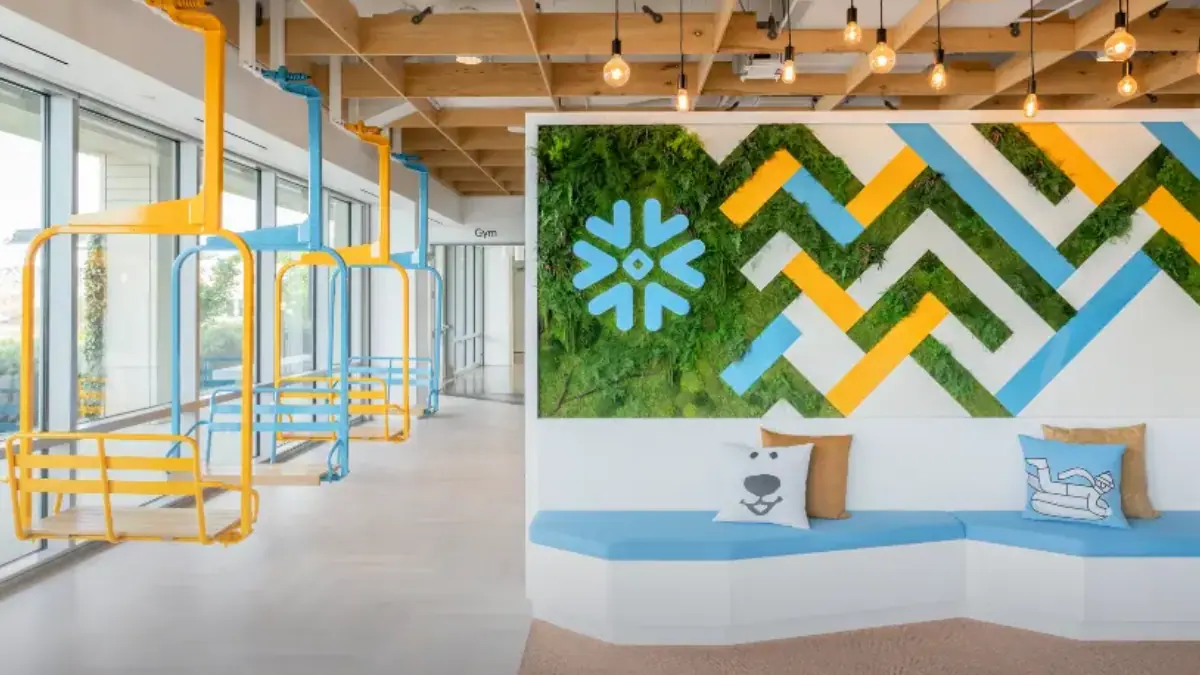Microsoft's Terry Myerson explains the Why of the Surface Laptop
3 min. read
Published on
Read our disclosure page to find out how can you help MSPoweruser sustain the editorial team Read more

For many of us the official launch of the Surface Laptop last week raised more questions that it answered. Why did Microsoft, who produced innovative devices such as the Surface Pro, Surface Studio, Surface Book and HoloLens release what appeared to be a pretty standard laptop? Did they just run out of ideas, or is there a bigger strategy behind the move?
Now in an interview with Time Magazine Terry Myerson, Microsoft’s executive vice president of the Windows and Devices Group provided an official answer to the question, and as some might have guessed, it was all about Windows 10 S.
According to Myerson the Surface Laptop was a trial balloon by Microsoft to test and demonstrate to OEMs the demand for high-end Windows 10 S laptops.
Noting that the Surface Laptop was designed specifically for Windows 10 and that the restricted operating system allowed better performance and battery life, he noted: “Our partners are going to look at the customer reception to it and decide should they, should they not, it’s their business.”
In a way this is the same strategy as the original Surface and even Surface RT – Microsoft will prove whether the market is ready for an innovation and if it is their OEMs will be all too ready to follow them.
“Our goals are to grow the Windows ecosystem,” he stated.
Myerson felt Microsoft could set a new bar for laptops (Microsoft’s biggest device category) and felt that unlike Windows RT the world was now more ready for a constrained OS, particularly with a greater focus on students.
“There are a lot more apps in the Windows Store now than there was. This version of Windows is more popular than Windows 8. Those are all learnings we might not have had if we couldn’t reflect on the past. But that’s what we do, we’re always trying to learn. When you go back in time and look at what they were trying to achieve, it was in some ways similar. If I had to pick a fourth thing, it’s really focusing on, at least initially, these students in the classroom. RT was launched as more of a consumer product,” he noted.
In our recent poll only around 15% of our readers, who are mostly Microsoft fans, were looking to buy a Surface Laptop. It appears, from Microsoft’s point of view, this may actually be more or less what they expected, and that this was exactly why releasing the Laptop was a brave move. Microsoft’s decision to release an expensive laptop with an unpopular, constrained operating system, while not traditionally innovative, was certainly brave and an attempt to break new ground for Windows, and this probably still deserves some respect, even if we can’t see ourselves taking part in the grand experiment.









